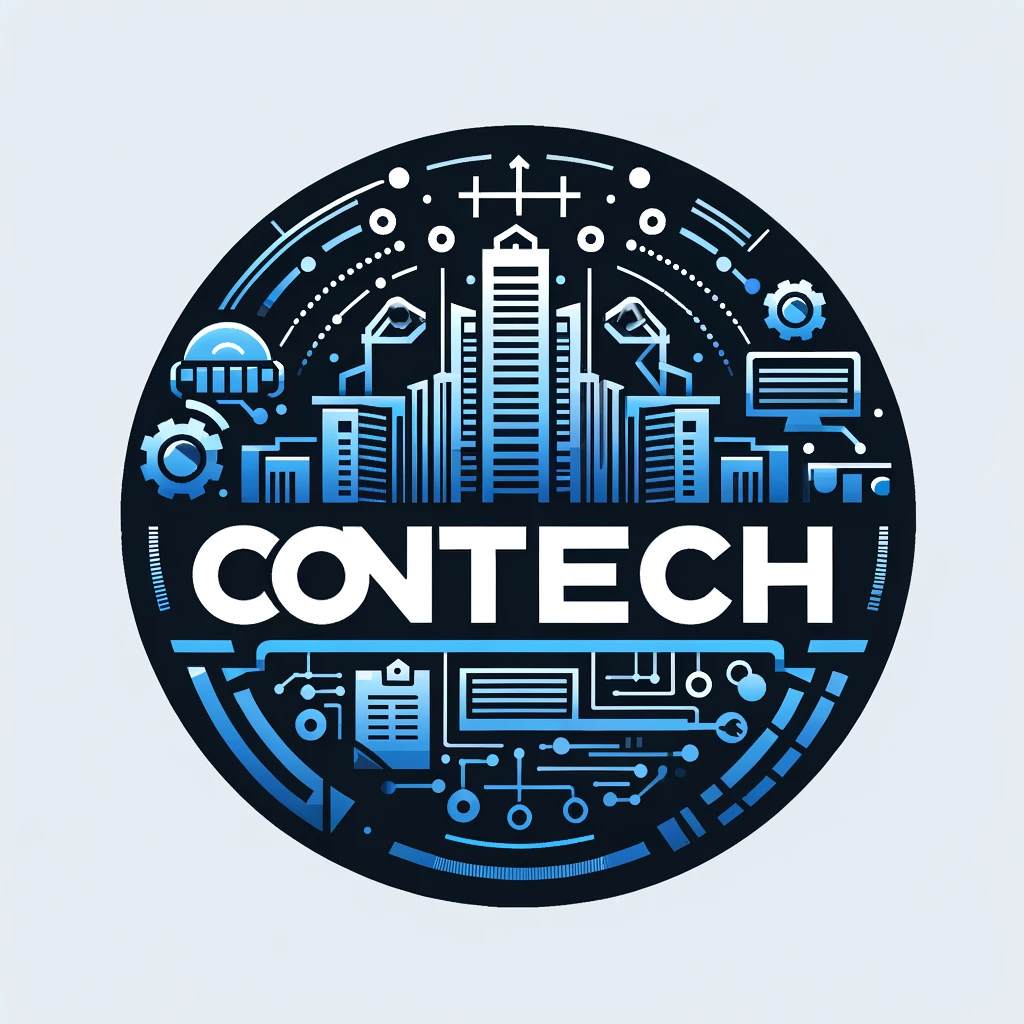Harnessing Virtual Reality for Immersive Construction Planning
 Quantum Cyber Solutions
Quantum Cyber Solutions
Published on
Wednesday, February 28, 2024
Harnessing Virtual Reality for Immersive Construction Planning
==================================================================
Authors

Name
Con Tech News
Twitter
Harnessing Virtual Reality for Immersive Construction Planning
In a rapidly evolving industry, staying ahead of the curve can make all the difference in managing projects efficiently and effectively. One of the most transformative technologies to hit the construction sector in recent years is Virtual Reality (VR). Companies like Unity and IrisVR are leading the charge by providing comprehensive VR tools that bring immersive planning and design to a whole new level. Here's how they are changing the construction landscape.
The Role of Virtual Reality in Construction
Virtual Reality provides a three-dimensional space where stakeholders can visualize a project at every stage of construction. This form of visualization extends beyond the realm of traditional 2D plans and models, offering a highly interactive environment where design flaws and spatial issues can be detected and resolved before actual construction begins.
Benefits of VR in Construction Planning
- Enhanced Visualization: VR tools allow users to view the project in lifelike 3D, leading to a better understanding of design, layout, and overall flow.
- Early Error Detection: Immersive environments make it easier to spot potential issues, reducing the likelihood of costly mistakes and rework.
- Improved Communication: Stakeholders can tour the virtual model, making it easier for everyone to be on the same page.
- Efficient Training: New team members can be onboarded by exploring the virtual site, reducing the learning curve.
- Client Engagement: Clients can walk through the project model and provide feedback during the design phase, ensuring their vision aligns with the final output.
Leading VR Tools in the Construction Industry
Unity
Unity is a versatile engine that's been pivotal in bringing VR to the construction industry. Known for its robust development environment, Unity provides tools that make it easy to create, import, and tweak 3D models.
- Key Features:
- Real-Time Rendering: Offers stunning, real-time visualizations that are true to the final product.
- Cross-Platform Compatibility: Supports a wide range of VR headsets and platforms.
- Collaborative Environments: Multiple users can interact within the same virtual space, making it perfect for meetings and reviews.
IrisVR
IrisVR specializes in creating immersive VR experiences specifically for the AEC (Architecture, Engineering, and Construction) industry. Its software simplifies the conversion of 3D models into VR experiences.
- Key Features:
- Drag-and-Drop Simplicity: Easy model conversion from software like Revit and SketchUp.
- Measurement and Annotation: Tools for measuring distances and adding notes directly in the VR environment.
- User-Friendly Interface: Intuitive controls that require minimal training to use effectively.
Use Cases and Success Stories
Let's take a look at how these tools are being used in real-world projects.
Case Study: The Oculus Tower
A recent high-rise development, the Oculus Tower, started by integrating Unity's VR tools in their planning phase. By engaging stakeholders in early VR walkthroughs, the project team identified several design issues related to space utilization and traffic flow. These insights led to a redesign that significantly improved tenant satisfaction and reduced the risk of costly mid-construction changes.
Case Study: Green Valley Residential Complex
The Green Valley Residential Complex utilized IrisVR to bring their vision to life. By converting their detailed Revit models into immersive VR experiences, they allowed prospective buyers to "tour" their future homes before making a purchase. This not only accelerated sales but also provided valuable feedback that informed design tweaks and customization options.
Conclusion
Virtual Reality is more than just a visual aid; it is a transformative tool that brings unparalleled clarity and precision to construction planning. By leveraging platforms like Unity and IrisVR, the construction industry can enhance visualization, improve communication, and detect design issues early in the process. This technology is not just a fleeting trend but a crucial component of modern construction strategy.
As the construction landscape continues to evolve, the adoption of VR tools will likely expand, offering new ways to streamline processes and deliver superior outcomes. Now is the time to explore how VR can be integrated into your projects to reap these significant benefits.
Discuss on Twitter • View on GitHub
Tags
Previous Article
How to Use Building Automation Systems for Energy Efficiency
Next Article
How to Implement Lean Construction Principles with Technology
Subscribe to my newsletter
Read articles from Quantum Cyber Solutions directly inside your inbox. Subscribe to the newsletter, and don't miss out.
Written by
